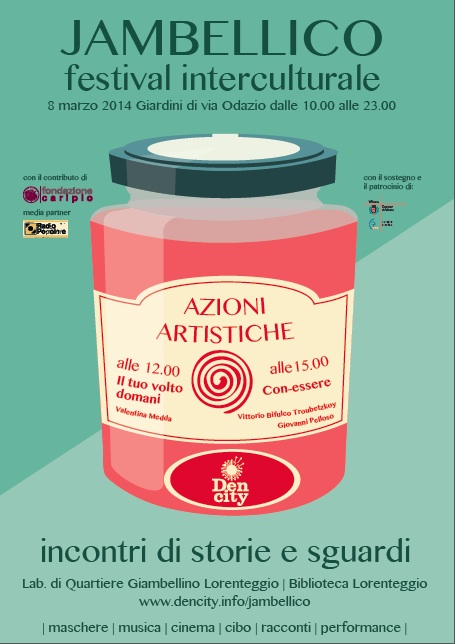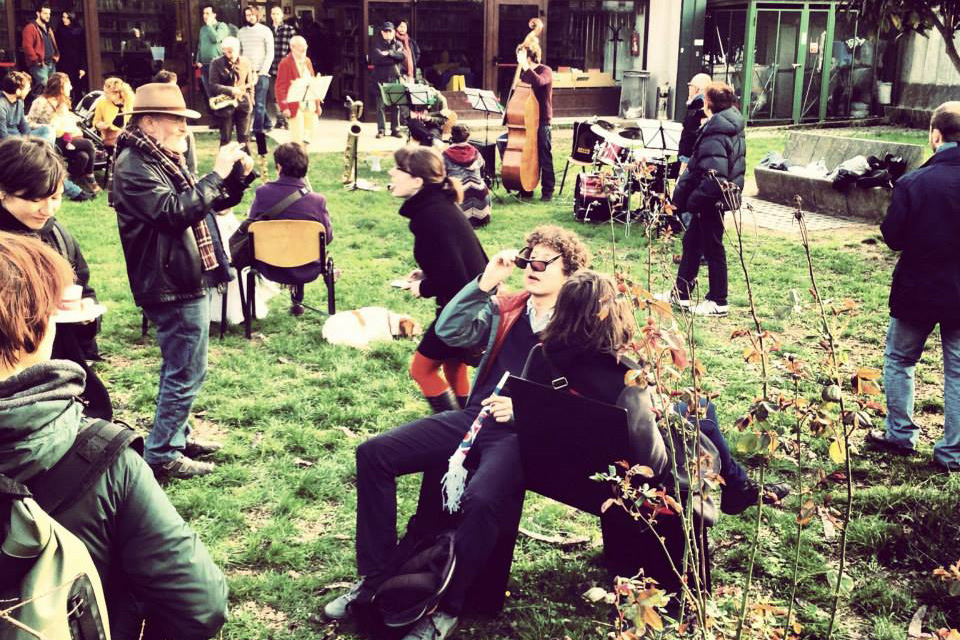
dencity
giving space to the emotions, inspiring human contact: con–essere in the districts of giambellino-lorenteggio (milano)

have civic virtues really disappeared? are we distracted passers–by, afflicted with emotional anaesthesia, unable to meet the gaze of those around us? are we prey to day–to–day indifference, bearing symptoms of the unfulfilled gesture and the lowered gaze? to these questions we have tried to respond with a project of work–study, coordinated by prof. adriano zamperini of the university of padua and realised in the working–class districts of giambellino–lorenteggio.
the study has been realised from the viewpoint of environmental and community psychology thanks to the help of a research team (carolina camurati, leonardo cantergiani, francesco pancotti) and has involved installing the “con–essere” seat in the public market and library areas. in this there is a psychological movement intrinsic to the work:
– it allows a social releationship to emerge, forces us to take note of who is seated before us, takes away comfort from the pact of mutual indifference, makes everyone into a participant.
– it demands ambivalent emotions and thoughts, typical of close human encounter.
the work–study has been carried out using video-observation and vox pop interviews and has lasted two weeks. the aim was to analyse how milanese people reacted to this strange seat.
the results show that people grasp the value of the seat relationship-wise (“it makes sense if there are two!”), for some it is even the “seat of peace”. naturally the element of novelty clashes with the habits of those who interract in certain environments in specific ways (“here at the market we’re used to queueing, waiting our turn, not speaking”). the closeness people experience demands them to display a civility of gaze, showing delicacy and respect when looking at others.